What is Nanotechnology
NANOTECHNOLOGY: A BRIEF INTRODUCTION AND APPLICATIONS
INTRODUCTION
Nanotechnology deals with design, synthesis and manipulation of particles or structures within the range of 1-100 nm (1 nm equals 10-9m)1. To put in perspective, a typical human hair of about 100 µm wide is equivalent to 100,000 particles, each of 1 nm wide, while human blood cells range between 2,000 to 5,000 nm long. This small size gives nanomaterials the remarkable properties they possess, which is largely attributed to high surface area to volume ratio.While nanostructures have been in existence from the time immemorial; scientists recently began to understand their behaviour. The nanotechnologists are now using this knowledge to control their properties, and creating arrays of functional materials for subsequent applications in diverse areas of agriculture, medicine, science and engineering. Examples of nanomaterials are nanoparticles or nanocrystals made of metals, semiconductors, or oxides as well as those of inorganic materials such as quantum dots, nanowires and nanorods or nano-carbon materials such as graphene, carbon nanotube among others. Remarkable growth in this evolving technology has unlocked innovative, fundamental and applied leading edge research, ranging from the synthesis of nanoscale materials, utilization of their exotic physicochemical and optoelectronic properties2.
Nanostructures are built via either bottom-up or top-down process. In the former, materials and structures are built atom-by-atom, layer-by-layer, and are arranged such that they interact as a single body from which macro-scale products are manufactured. This is done using deposition techniques (such as CVD, PECVD), molecular beam epitaxy, electrodeposition, vapour condensation, self-assembly, chemical or biological approach (such as production of nanoparticles) among others. In the latter, nanostructures are produced from the bulk structure using machining (such as micromachining, focused-ion beam) and lithography. Top-down process is simply a technique where parts of materials are cut away or removed until a complete component or product is obtained.
Nanotechnology is an interdisciplinary field in which knowledge of materials science, biology, physics, chemistry, chemical engineering and electrical engineering, among others are integrated. In other words, nanotechnology offers a platform where most of the traditional science and engineering fields co-exist symbiotically.
APPLICATIONS
Nanotechnology has made remarkable contributions to the fields of medicine, biotechnology, energy, chemical and paint industry, computer storage and memory, renewable energy, semiconductors and manufacturing, textile and agriculture, defence and environment among others3. Currently, many sunscreens containing nanoparticles of zinc oxide or titanium oxide nanoparticles, self-cleaning glasses, stain-resistant, wrinkle-free and UV-protected cloth, scratch resistant coating, antimicrobial bandages are either available or on their ways to the markets. Nano/flexible electronic and nanoelectromechanical (NEMS)4 devices are changing our world. In particular, NEMS has enabled label-free detection of DNA, RNA, proteins and small molecules for the main purpose of early disease diagnostics. Nanorobots are being tested for applications in targeted drug delivery while sensors and lab-on-chips are expected diagnostic applications of nanotechnology. Anti-cancer drugs, anti-candida, anti-coagulant, antibacterial5, implanted insulin pumps and gene therapy are under development. Also, new biomedical materials for bones, teeth and other tissues have been developed. In engineering, light and strong materials for defence, aerospace, and automobile are being developed. These are tips of icebergs, and more applications are expected to be incorporated into consumer products in some years to come.
-
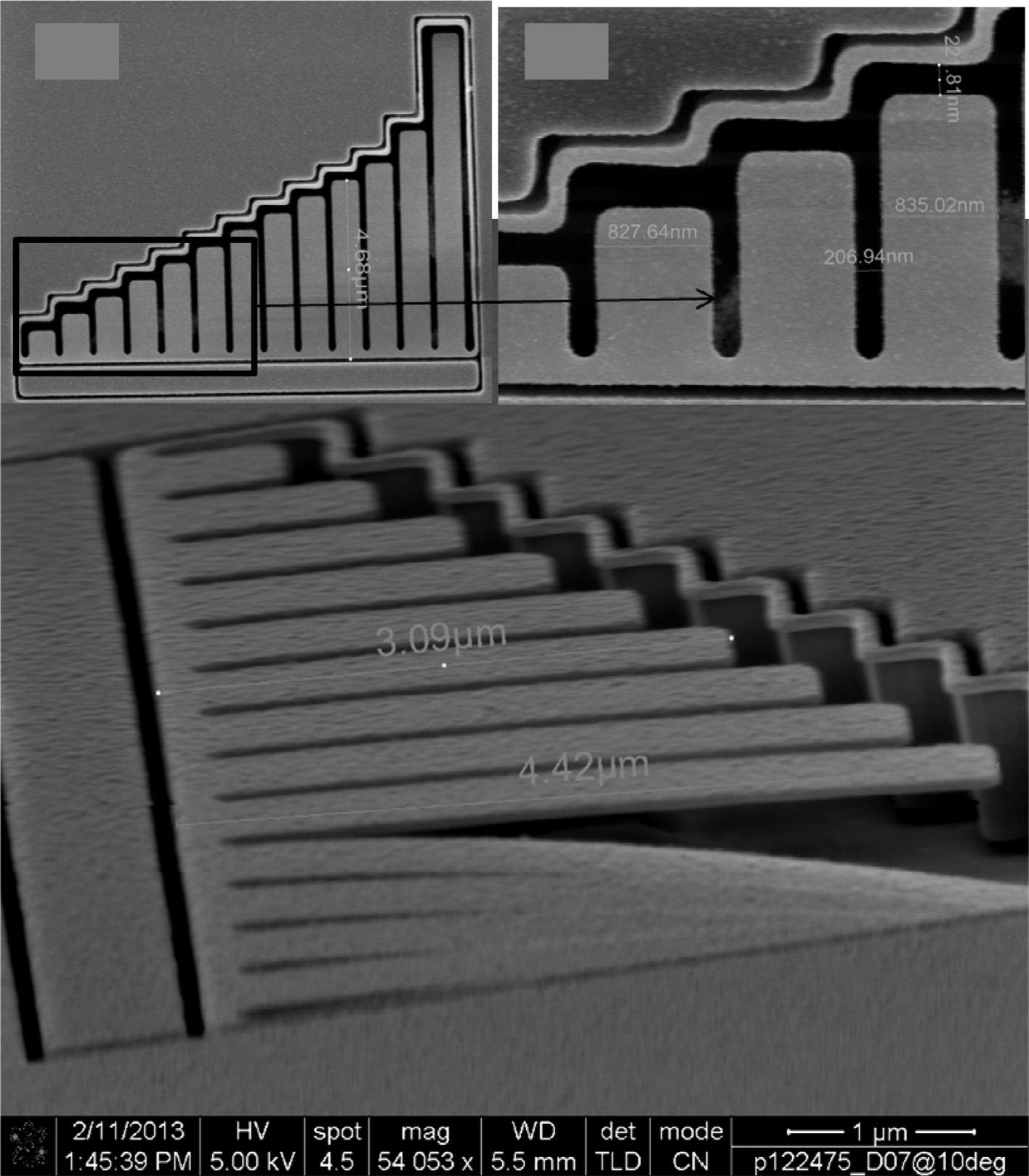
Nanocantilevers [4]
-

Nanoparticles [5]
-
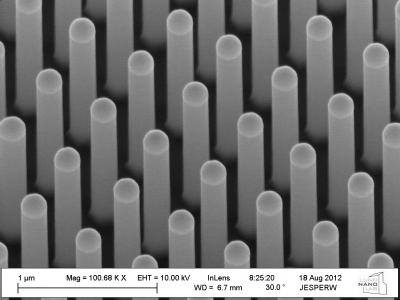
Nanorods [4]
-
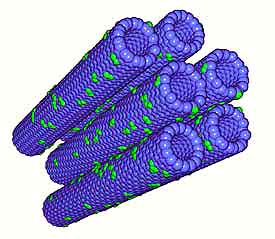
Carbon nanotube [7]
-

Graphene [8]
-

Wearable sensor [9]
-

Solar car [10]
-
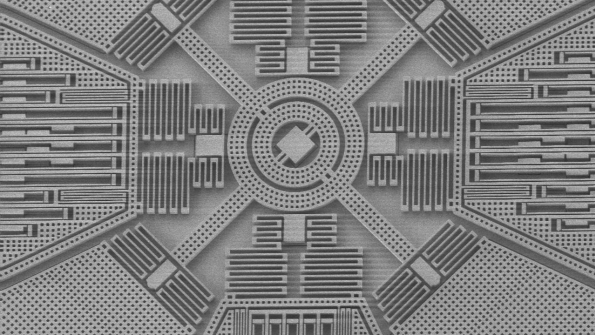
MEMS [11]
-
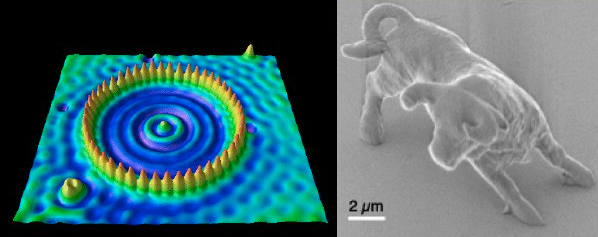
Nanodog [12]
- Mathiazhagan, A. & Joseph, R. Nanotechnology-A New Prospective in Organic Coating - Review. Int. J. Chem. Eng. ans Appl. 2, 225–237 (2011).
- Shukla, A. & Makwana, B. A. Facile Synthesis of Silver Nanoparticle and their Potential Application. Am. J. Nanosci. Nanotechnol. 2, 84–92 (2014).
- Khanna, A. S. Nanotechnology in High Performance Paint Coatings Nanotechnology in Coating Industry Unique Properties of Nanoparticles Nano coating. Asian J. Exp. Sci. 21, 25–32 (2008).
- Asafa, T. B. Development of Ultrathin Polycrystalline Silicon Germanium Films for Applications in Nano-Electro-Mehanical Sytem(NEMS). (King Fahd University of Petroleum and Minerals, 2013).
- Ojo, S. A. et al. Biomedical and Catalytic Applications of Gold and Silver-Gold Alloy Nanoparticles Biosynthesized Using Cell-Free Extract of Bacillus safensis Anti-Coagulant and Thrombolytic Activities. IEEE Trans. Nanobioscience 15, 433–442 (2016).'
- Https://www.quora.com/How-can-we- differentiate- between- nanotubes- nanorods- nanowires-and- nanoparticles
- Http://www2.lbl.gov/ Science-Articles /Archive/ zettl-nanotubes. html
- Https://en .wikipedia.org/ wiki/Graphene#/ media/File: Graphen.jpg
- Http://www.engineering.com /DesignerEdge/ DesignerEdgeArticles/ ArticleID/7416/Personalized- Medicine-on- a-Wearable-Patch. aspx
- Http://www.intechopen .com/books/ new-advances-in -vehicular- technology- and-automotive -engineering/the-role-of -nanotechnology- in-automotive- industries
- Http://machinedesign .com/sensors/will-mems-become- new-platform -industrial- sensors
- Https://www.nnf.ncsu.edu/ nanotechnology-courses-nnf